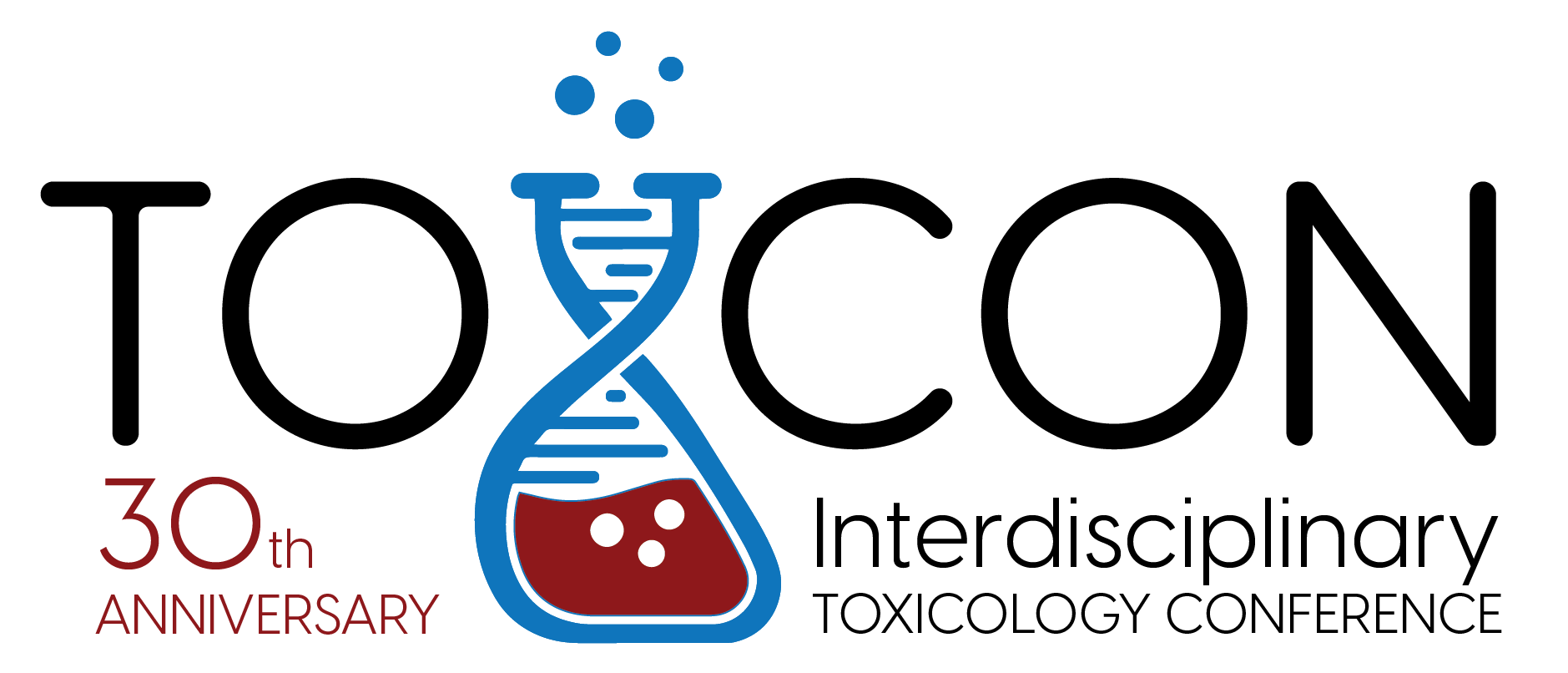MODERN CHALLENGES IN PRECISION MEDICINE: REAL LIFE RISK SIMULATIONS (RLRS) – BIOMARKERS FROM METABOLOMICS AND TELOMERES’ RESEARCH
Aristidis Tsatsakis
Department of Toxicology & Forensic Science, Medical School, University of Crete, Voutes Campus, Heraklion 71003, Greece
Risk assessment for human protection is historically and up to nowadays based on some long-established practices and assumptions for hazard identification and characterisation, such as a) testing in high doses, b) testing only of single chemicals, and c) linear extrapolation to low doses. Though these practices were considered handy and useful for many decades, it is now globally recognised that they are not simulated real life conditions. Real life risk is coming from the exposure to complex mixtures of many different chemicals and their toxicity in mixtures might be altered in relation of their toxicity when studied in isolation. In addition, real life exposure is mainly exposure to low doses. However, the assumption that low dose’s toxicity is covered from experimentation in high doses because all effects are following a linear and monotonic dose-response curve, is seriously challenged through a number ofstudies of the last three decades. As many of the technical drawbacks of the past are nowadays eliminated and new technologies and methodologies are available, we consider that it is time to go ahead with toxicology for Real Life Risk Simulation. As more are known in relation to real life combined exposure, we focus our research in an area with complete lack of data, meaning the low-dose-long-term toxicity testing of complex chemicals’ mixtures that simulates real life exposure. The Toxicology of the 21st century faces with the challenge of explain why from epidemiological studies we found that chemicals in doses consider safety are important factors that lead to the development of different chronic diseases. Precision medicine approach based on metabolome, genome, and microbiome relate data on the effect of toxic exposure to the phenotype. Toxic exposure inflicts damage at metabolic, genetic and microbiome levels, increasing thus cellular turnover, telomere attrition and the rate of aging. Main factors that interplay in the aging process are free radicals and oxidation, insulin and insulin growth factors, the sirtuins, mTOR, microbiome, lack of micronutrients and declining proteasome activity. All the above processes have in common that cellular damage is caused and accumulated. This brings to apoptosis and/or autophagy and cell replacement or repair. Telomere length shortens with age and leads to senescence. Shorter telomeres are associated with increased incidence of aging related diseases and shorter lifespan. Recently was demonstrated that telomere re-lengthening can reverse aging phenotype. Diverse lifestyle, environmental and nutritional factors influence positively and/or negatively telomere length. The rate of telomere shortening is a more important biomarker than the absolute telomere length.
